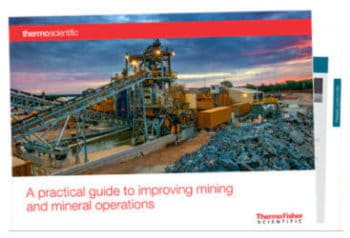Pure Vanadium (V) is a greyish silvery metal, and is soft and ductile. Atomic number 23 on the periodic table, V is one of those elements that rarely forms its own mineral.
According to WebElements, vanadium has a confusing history and the element seems to have been discovered twice. It was claimed first by Andres Manuel del Rio (a Spanish mineralogist) at Mexico City in 1803, who later withdrew his claim after a Frenchman, Collett-Desotils, disputed it. Thirty years later it was shown that del Rio’s work was correct. In 1831, Nils Gabriel Sefström (a Swedish chemist) was working with some iron ores and was able to isolate a new oxide. Because of its beautiful multi-colored compounds, he named the element in honor of the Northern-Germanic tribes’ goddess of beauty and fertility (Vanadis). In the same year, Friedrich Wöhler came into possession of del Rio’s “brown lead” and confirmed del Rio’s discovery of vanadium, although the name vanadium still stands rather than del Rio’s suggestion of erythronium.
Besides being beautiful, the element has strengthening power. Vanadium, when present in small amounts in certain ferrous alloys, can significantly improve their properties. That’s the reason Vanadium is being used by the automobile and aerospace industry for axles, crankshafts, gears, critical components, jet engines, and high-speed airframes .
According to the U.S. Geological Survey, world resources of vanadium exceed 63 million tons. Vanadium occurs in deposits of phosphate rock, titaniferous magnetite, and uraniferous sandstone and siltstone, in which it constitutes less than 2% of the host rock. Significant amounts are also present in bauxite and carboniferous materials, such as coal, crude oil, oil shale, and tar sands. The worldwide exploration of shale gas is driving North American and European natural gas production. Shale gas, or tight gas, is a gas found in very low permeability rock that requires hydro fracturing. Recent studies have linked the abundance of redox sensitive trace metals like vanadium [as well as chromium (Cr), uranium (U), thorium (Th), molybdenum (Mo), and rhenium (Re)] – to strata that are enriched in organic material. This abundance serves as an indicator of gas potential in shale.
Want more information about Vanadium? Take a look at this infographic that lists 9 Fast Facts about Vanadium.




Leave a Reply